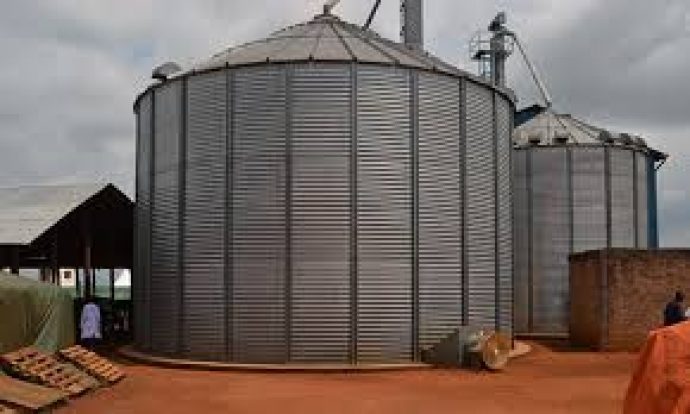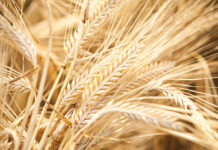By Nita Karume: (Kenya)
Shortages and high prices continue to characterize Kenya’s food security status. As a country, Kenya is still reeling from the effects of food shortage in 2016 food shortage and a deficit gap that was met by maize imports.
Last year, maize worth approximately Sh32 billion was lost due to post-harvest losses, slow reaction, poor coordination and communication between State Departments of Agriculture at the county level. Post-harvest losses, poor coordination and input market distortions have been hampering government efforts towards ensuring food security. Moreover, this is not only a problem in Kenya, but other East African counties such as Uganda.
Major losses of the yields in both this and lasy year has been attributed to the fall armyworm infestation and post-harvest losses. Fall armyworm reduced the potential area under maize production in the country by about 200,000ha and this may increase during the short season period.
According to the Ministry of Agriculture, post-harvest losses arising from maize production account for 12 per cent of the total output.
Causes of post-harvest losses for smallholder farmers include lack of resources, inadequate access to better processing facilities, bad weather, poor production practices/planning, bad transportation facilities and lack of infrastructure, premature harvesting, lack of access to good quality packaging materials and technology and inadequate market systems.
Maize harvesting
Maize can store for a considerable period in unprocessed form without undergoing deterioration. This is because its shelf life greatly depends on the weather as well as inherent moisture pests and diseases. As such, the recommended post-harvest handling and managing operations involve the manipulation of the above factors in order to obtain high quality maize grains. The optimum time of harvesting maize is when the stalks have dried and moisture of grain as about 20-17%.
The maize is harvested as soon as it is dry. This is because overstay in the field could lead to attack by weevils. The grains should also be kept as clean as possible.
Post harvesting activities
After harvesting, farmers should clean all the materials used in the process of harvesting and store them properly. This is because the same materials may be needed later for purposes such as the transportation of cobs or grains into storage. Failure to clean properly could lead to contamination of the grains, which could be a source of pest infestation.
Drying & Shelling
The grains must be dried as soon as possible after harvesting to avoid creating a conducive environment for the breeding of pests. Farmers should also avoid drying grains on the ground to avoid absorption of moisture and pick up dirt and insects.
Shelling is commonly done by beating maize cobs with stick in a sack or a confined floor space. It is better to use a maize shelter, since beating maize will result in physical damage. This will make the grains more vulnerable to pests and moulds. It could as well damage the germ.
Storage
The principal objective in any maize grain storage system is to maintain the stored grains in good condition so as to avoid deterioration both in quantity and quality. During storage, the grain must remain dry and clean. Grain storage can be extended for up to 2 years without any significant reduction in quantity and quality.
Unfortunately, majority of farmers sells off their maize grains cheaply soon after harvesting due to anticipated losses in storage and later buy food at exorbitant prices. There are improved storage structures that can prolong the storage duration until market prices for grains are favorable.
A good storage structure should provide protection from common storage loss agents. It should also maintain an even, cool and dry storage environment. The maize should be placed above the floor to avoid cold conditions that may lead to moulds.
The store should be located on a raised site with good drainage to ensure that there is no stagnant water in its store. Furthermore, exposing it to the main wind direction creates balanced temperature conditions.
Losses due to poor storage
Mould
Microbial infection (mould) in storage occurs due to inadequate drying of produce. The situation is made worse when there are large numbers of insects present or when the stored crop is exposed to high humidity or actual wetting due to poor storage management. Fungal infection results into rots and development of aflatoxins, which are poisonous compounds to live stock and cause cancer in humans.








